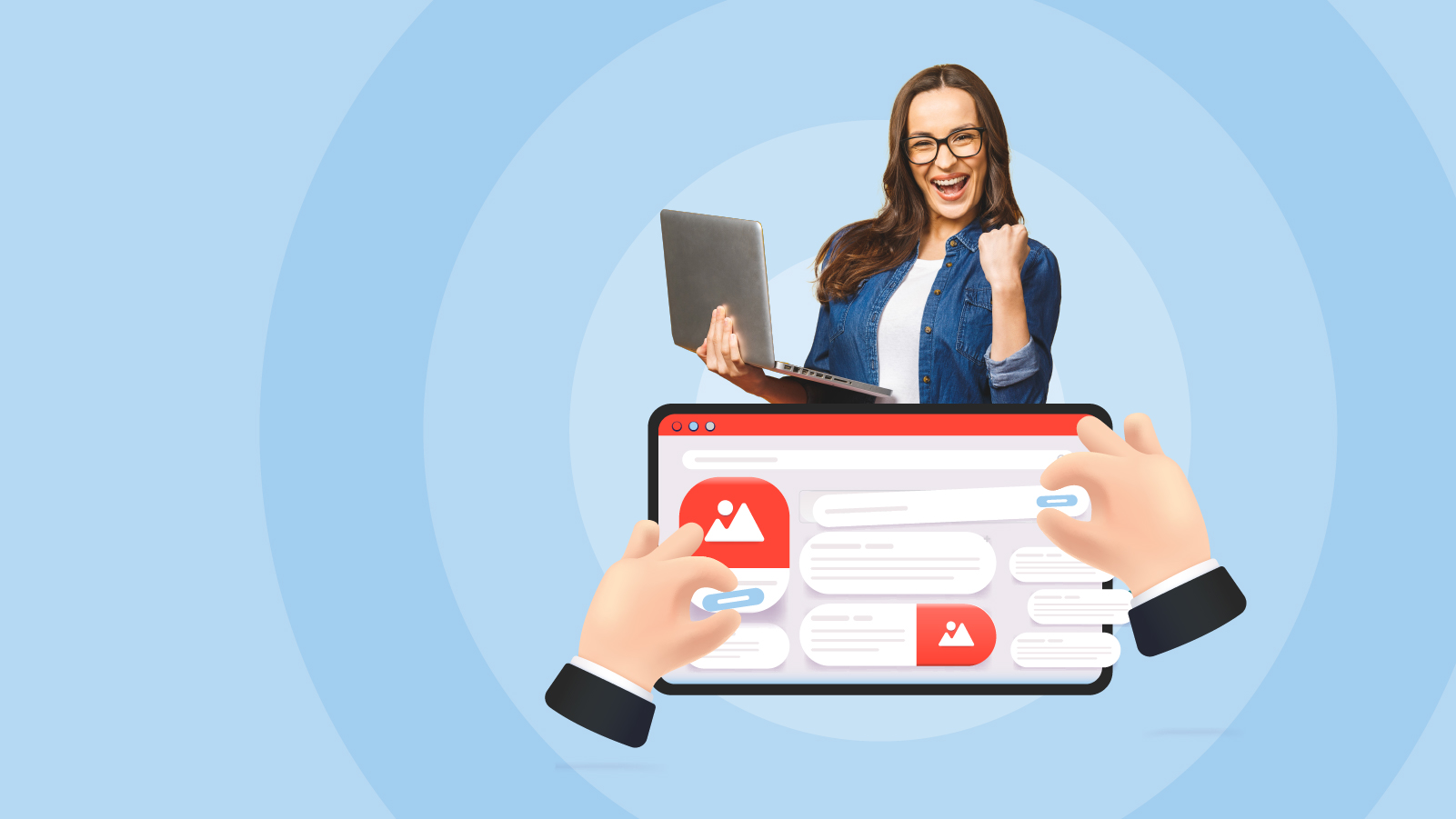
Fosway Group: "Focus On Your Learning Ecosystem"

Fiona Leteney
Fiona Leteney is the Senior Analyst for Learning Systems at Fosway Group, Europe’s #1 HR industry analyst. She has worked in the learning technology market since 2000, gaining a wealth of experience by either selling, implementing or managing learning solutions in a corporate context.
Terms such as LMS, NGLE and LXP are confusing for corporate buyers. The definitions aren’t clear and it’s hard to differentiate between the different types of technologies. That’s why in the February 2020 Learning Systems 9-Grid™, Fosway took the bold decision to reclassify Learning Systems as Suites and Specialists with the aim of more clearly and accurately defining the market. Organisations have always had a learning ecosystem of platforms and tools but the acceleration to digital-first ways of working and hybrid working require the ecosystem to be optimised to deliver impact and value.
This blog will explain the reasons why:
- The new classification is more reflective of the current learning systems market
- The ecosystem concept of combining suites and specialists is the way forward
- The connectivity of the ecosystem and circulation of data is more important than ever before

LMS & LXP labels no longer reflect the current learning systems market
Market perception is that the LMS represents traditional ‘tick-box’ compliance and ‘click-next’ content. A new label (LXP) encouraged the market to look to a fresh new future. However, over recent years the lines between the two types of system have blurred and those vendors who thought that formal learning and LMS functionality could be ignored were mistaken. This is true, particularly in the mid-market, where buyers can neither afford nor justify the purchase of more than one learning system. As the market now both accepts and adjusts to the Fosway classification of Suites and Specialists, some vendors have re-evaluated their target positioning and where they fit in the corporate ecosystem. Some specialists have prioritised innovation over backfilling core learning management functionality, often preferring to partner with other Suites instead. Suites have added LXP capability, whatever they perceive that to be.
The ecosystem concept of combining suites and specialists is the way forward
Learning technology has always been an ecosystem with many components, including the Learning Systems (LS), sources of HR data, virtual classrooms, authoring tools, learning content and other resources. Seamless integration has often been an issue, many corporates choosing not to tackle the problem, leaving them as separate, stand-alone technologies and making a single source of truth for data an unreachable goal. This is no longer a viable option even for learning at the mid-market level. However, even more integrations are required as an organisation gets larger, more complex and their core LS does not deliver the depth of functionality in specific areas. So, platforms with specialisms such as training resource management, curation, extended enterprise or programmatic learning might be added to the learning ecosystem.
However, the ecosystem is expanding beyond learning, connecting with the HR System(s) for the learner’s profile has always been a priority but now the lines are also blurring between communication, learning, performance and talent. It’s all about the data flow and the term we use to describe the ability to do this well is ‘Ecosystem-ness’. Vendors will rightly say that APIs solve this problem, but building integrations require integrators, i.e. developers and other experienced people to build and maintain them. In a complex company, that is expensive and non-trivial. In smaller companies it is impossible as they lack the resources and budgets to develop their own integrations. The more that Ecosystem-ness is of the out-of-the-box, the better off all buyers will be.

To deliver value & impact requires ecosystem connectivity and circulation of data
The ecosystem provides the opportunity to deliver a new level of learning impact. Take this scenario for example: an employee is recruited because of their existing skills which are noted, their learning through the onboarding process takes care of the gaps and time-to-value in the new role is measured. Successful performance is demonstrated and rewarded during the delivery of internal or external projects. Awareness of new opportunities for further development and upskilling are at the learner’s fingertips along with collaborative assignments or individual coaching. The manager has access to their team’s progress to ensure intervention is possible when necessary. The organisation can recognise the skills gaps across the whole organisation and initiate reskilling for competitive advantage and growth. Learning is at the centre of this and at every stage!
But none of this is possible in an effective efficient way without all the various HR, talent and learning system suites and specialists being integrated to ensure the data flows unimpeded. Which is why the ability for a vendor to demonstrate ecosystem-ness is crucial.
And if all this can take place behind the scenes, mostly hidden from view and the employee has access to everything wherever they are working on a day-to-day basis then we’ve cracked it!
Find out more about the Fosway 9-Grid™ for Learning Systems and read the full report here and you can contact Fiona via @fionaleteney or @fosway on Twitter and LinkedIn.

How to create the perfect learning experience
The best learning experience for your organisation is tailored and personalised to your needs and wishes. How do you create the perfect environment?

What do you need for the ideal learning ecosystem?
How do you combine cutting-edge technology, compelling content and an effective strategy to create the ideal learning ecosystem?